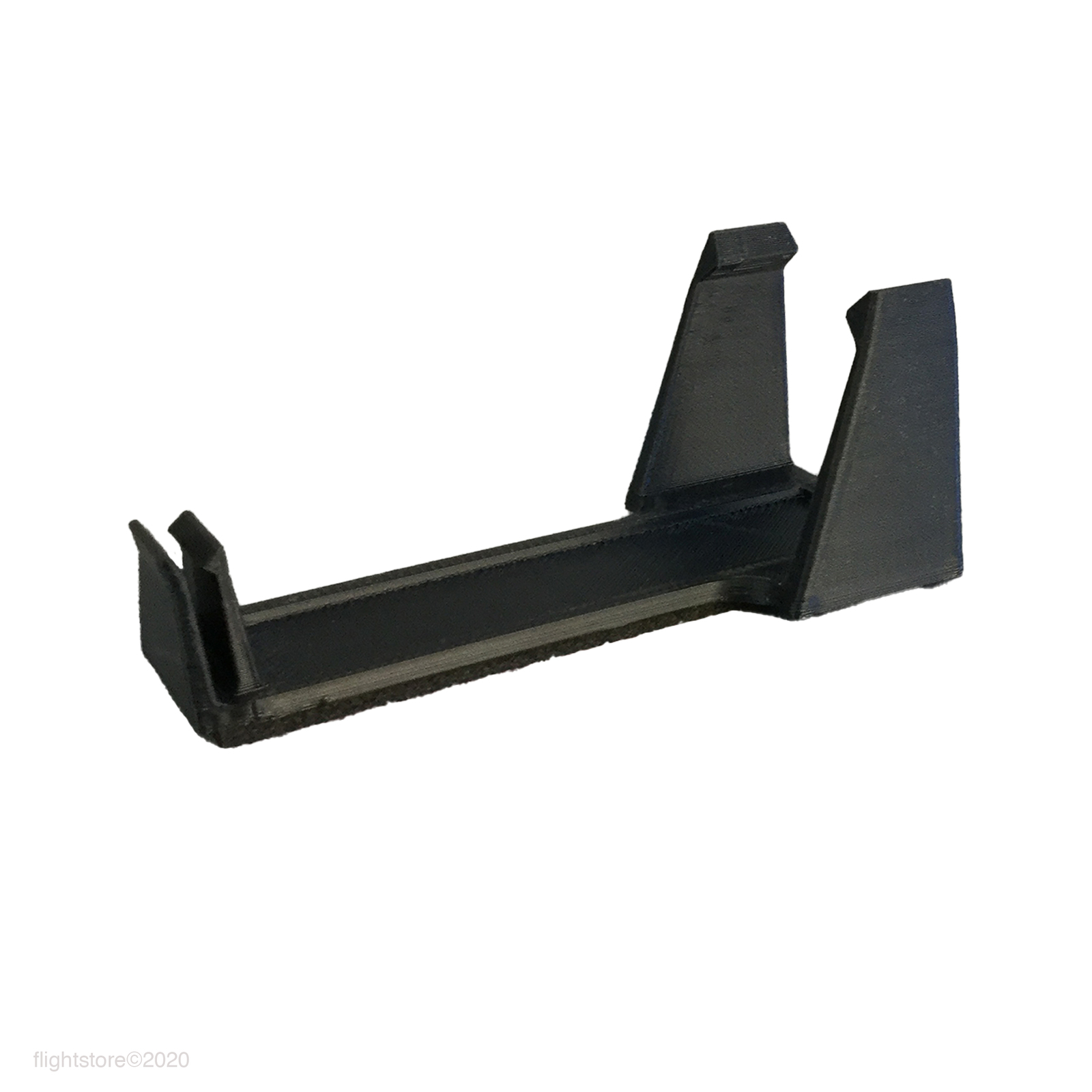

Noise reduction and audio are all important features to think about before purchasing headsets. If you fly multiple aircraft types, you can use a plug adapter to use a single headset on all aircraft types. Below are the most common plugs in aviation headsets: But in most cases, you might have to purchase extra cables or plugs to make the headsets work seamlessly with your aircraft needs. You’ll have to consider the type of aircraft in order to purchase the headset with the right cables and plugs.
#Lightspeed tango headset Bluetooth
Built-in Bluetooth also means you’ll rely less on in-cockpit cables, which offers more convenience to move and communicate without cables getting in the way. Bluetooth requires power, and PNR headsets do not have a power source. If you want Bluetooth capability, go for ANR headsets. However, the most popular feature to review before purchasing aviation headsets is whether or not you want to opt for Bluetooth. The features you want in aviation headsets will be subjective. They are not ideal for louder aircraft as they do not have effective mechanisms for noise reductions. In-ear headsets go inside and are designed to fit like earplugs or earbuds. These are ideal in aircraft with a large high-performance engine or open cockpits since they can provide adequate noise reduction while being lightweight. However, we also have ANR headsets with an over-ear design. Over-ear headsets cover a significant part of the ear area and are usually PNR headsets. Over-Ear designĪnother thing to consider is whether the headsets should rest over your ears or go in.

In most cases, the power comes from batteries on the earpiece, while some connect to other sources. On the downside, ANR headsets require a power source. You’ll find that ANR headsets are lighter since the electronic components for noise reduction eliminate the need for heavy soundproofing, as in passive noise reduction. This noise can be anywhere between 20Hz and 300Hz. In simple terms, the ‘noise sound wave’ and ‘broadcasted sound wave’ cancel each other to eliminate the unwanted noise.ĪNR headsets mainly focus on canceling low-frequency noises from turbulence and plane engines. However, the sound wave is inverted at 180 degrees. Once they detect noise, the ANR headset broadcasts a sound wave on the same frequency as the detected noise. Sometimes, they are referred to as electronic noise-canceling headsets.ĪNR headsets sense noise through a small microphone placed either outside or inside the ear cups (or both, which are referred to as hybrid ANC ). PNR headsets are mostly over-the-ear and cheaper since they are not as technologically advanced as the ANR headsets.Ĭonversely, ANR headsets use electronics to reduce noise. All headsets have some form of PNR, created when the headset’s ear seals or cups block the noise from reaching your ears. PNR)Īviation headsets “cancel” or reduce noise in two major ways: passive noise reduction (PNR) and active noise reduction (ANR). Conversely, a vinyl seal cover might be easier to clean. For example, cotton or knitted ear seal covers might be better for regulating temperature and preventing sweating. In addition, think about the material used for the ear seal covers. 2) Quality of the Ear Seals & Headbandįor comfort and convenience, it’s best to go for a headset that allows you to adjust comfort settings such as the clamping force. That said, comfort is subjective, and your best headset depends on what you find most comfortable. The best-fit headset should also have the proper weight distribution, with less weight on the headband and more on the ear cups. Typically, lightweight headsets are more comfortable as they do not put a lot of pressure on your ears and skull. 1) ComfortĬomfort is one crucial aspect a headset should possess, especially if you’ll be wearing them for hours at a time. But most importantly, it will also be influenced by your budget.ħ Tips On What To Look For In Aviation Headsetsīelow are handy tips on choosing the best pilot headsets. For example, the level of comfort you seek, the type of aircraft you fly, and the features you want. The best headset will mostly depend on your particular needs. This guide takes you through popular aviation headset options to help you choose one that fits your needs. There are many options in the market, but the key features you should be looking for are a headset that fits your specific needs, comfort, and sufficient noise reduction. A good handset will protect you from noise-induced hearing impairments. Flying frequently as a pilot means exposure to loud noises, which can sometimes reach 90 db according to the FAA.


 0 kommentar(er)
0 kommentar(er)
